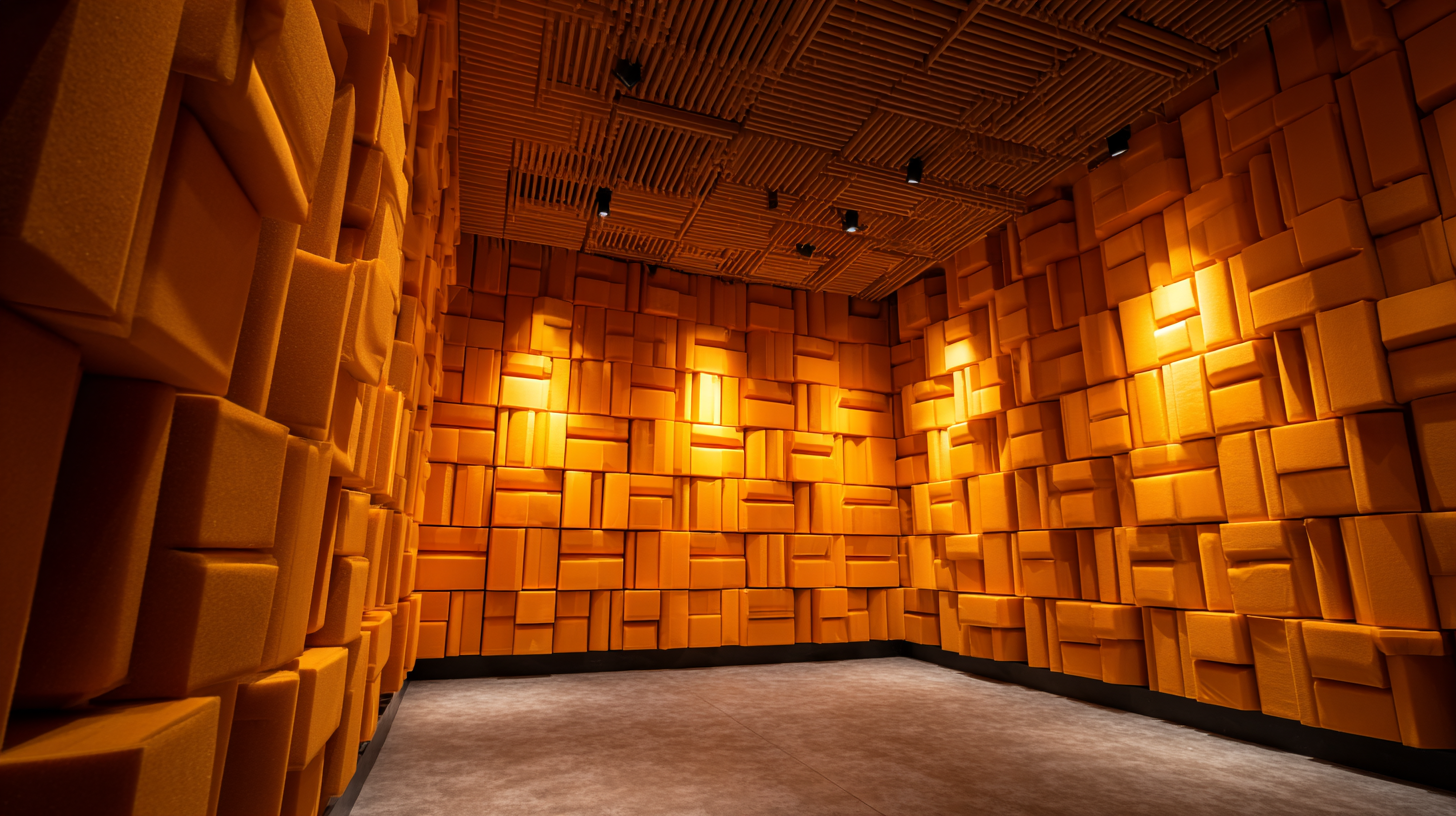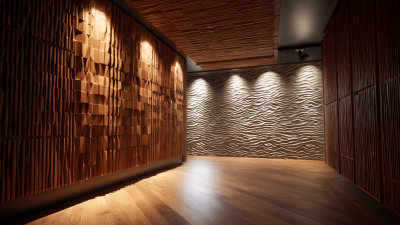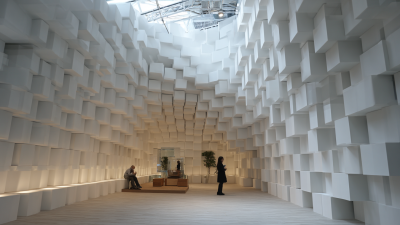In today's fast-paced world, ensuring tranquility within our homes has become more crucial than ever. Noise pollution can significantly affect our well-being, productivity, and overall quality of life. This is where sound proof panels for walls come into play, providing an effective solution for creating a peaceful environment. Whether you live in a bustling city or simply have loud neighbors, these panels not only offer a practical means to reduce sound transmission but also enhance the aesthetic appeal of your living spaces. This ultimate guide will walk you through the various types of sound proof panels available, their benefits, and tips on how to choose the best options for your home. By understanding the features and characteristics of sound proof panels for walls, you can transform your living space into a serene sanctuary, free from unwanted noise disturbances.

When it comes to soundproofing your home, identifying the specific needs of each room is crucial. For instance, in a bedroom, the goal is often to create a tranquil retreat where external noises do not disturb your peace. Here, choosing dense soundproof panels can effectively absorb sound waves, minimizing echoes and ensuring a quiet atmosphere conducive to sleep. Consider materials that offer high sound reduction coefficients (NRCs), such as thick foam or heavy fabric panels, to enhance the serenity of the space.
In contrast, the requirements for a dedicated home office may differ significantly. This area might require a more versatile approach to soundproofing, as it could serve both as a quiet workspace and a place for phone or video calls. Acoustic panels that promote clarity while reducing background noise become essential. Opting for lightweight, stylish panels that can be easily rearranged allows for effective customization based on your workflow. Additionally, employing a combination of wall panels and ceiling tiles can further enhance sound isolation, ensuring that productivity thrives amidst minimal distractions.

When selecting soundproof panels for your walls, it’s crucial to understand the essential materials that contribute to their effectiveness. Commonly used materials include foam, fiberglass, and mass loaded vinyl (MLV). Acoustic foam panels are popular for their lightweight and versatile properties, effectively absorbing sound waves and reducing echo. They are often favored in recording studios and home theaters due to their excellent sound absorption qualities.
Fiberglass panels, on the other hand, offer superior soundproofing capabilities. Their dense structure makes them ideal for blocking noise from external sources, providing a more tranquil environment. These panels can be covered with fabric for aesthetic appeal, making them a practical choice for residential spaces. Additionally, mass loaded vinyl is highly effective for soundproofing when placed between walls or under flooring. Its heavy, flexible nature allows it to block sound transmission efficiently, making it a go-to option for those needing maximum noise control in their homes. Each material brings unique benefits, ensuring that you'll find the perfect soundproofing solution for your specific needs.
This chart illustrates the effectiveness of various materials used in soundproof panels based on their sound absorption coefficients. The data represents the ability of each material to absorb sound waves, helping you to make informed choices for your home soundproofing projects.
When it comes to enhancing your home with soundproof panels, DIY installation can be both rewarding and transformative. Begin by selecting the right soundproof panels that fit your aesthetic and acoustic needs. Look for options that not only reduce noise but also complement your interior design. For example, wood slat panels offer a chic, modern look while effectively absorbing sound. These panels are widely available and come in various finishes, allowing you to seamlessly integrate them into your space.
The installation process is straightforward but requires careful planning. Start by measuring your wall space to determine how many panels you'll need, ensuring that they are strategically placed for optimal sound absorption. Use adhesive for a hassle-free application or opt for a more permanent solution with screws. As you work, be mindful of your surroundings and take your time to create a professional-looking finish. With the right materials and a bit of creativity, you can achieve a beautiful, soundproof environment at home.
| Panel Type | Material | Effectiveness (STC Rating) | Thickness | Installation Difficulty |
|---|---|---|---|---|
| Acoustic Foam | Polyurethane | 25 | 2 inches | Easy |
| Mass Loaded Vinyl | Vinyl | 30 | 1/8 inch | Moderate |
| Soundproof Drywall | Gypsum | 50 | 5/8 inch | Hard |
| Acoustic Panels | Wood Fiber | 28 | 1 inch | Easy |
| Resilient Channels | Metal | 35 | N/A | Moderate |
When selecting soundproof panels for your walls, aesthetics should go hand in hand with functionality. The right design can enhance your interior while effectively reducing noise levels. Consider the style of your space—whether it's modern, rustic, or industrial—when choosing panels. Opt for colors and textures that complement your furnishings to create a cohesive look. Customizable options are available, enabling the integration of panels that can serve as artistic features in your home.
Additionally, the placement of soundproof panels can significantly impact both their effectiveness and the overall ambiance of the room. Strategic positioning can accentuate architectural details, drawing the eye while minimizing unwanted sounds. By choosing designs that integrate well with existing elements such as wall colors, artwork, or furniture, you can create a harmonious environment that prioritizes both beauty and peace.
Remember, your home’s interior is a reflection of your personal style, so make thoughtful choices that will resonate with your aesthetic values.
When selecting soundproof panels for your home, it’s crucial to avoid common pitfalls that can negate the benefits of your investment. One significant mistake is underestimating the importance of material density. According to the Acoustical Society of America, denser materials tend to absorb sound waves more effectively. This means that lightweight, flimsy panels might fail to provide the level of sound isolation you expect, ultimately leading to disappointment.

Another mistake is neglecting to consider the environment where the panels will be installed. Different spaces require tailored solutions; for instance, a home theater might benefit more from acoustic panels designed for bass absorption, whereas a home office may need panels that reduce mid-range frequencies. The National Institute of Standards and Technology reports that improperly placed panels can diminish sound quality by up to 30%, proving that strategic placement is just as vital as the panels themselves. By being aware of these common errors, homeowners can make informed decisions and enhance their living spaces effectively.






